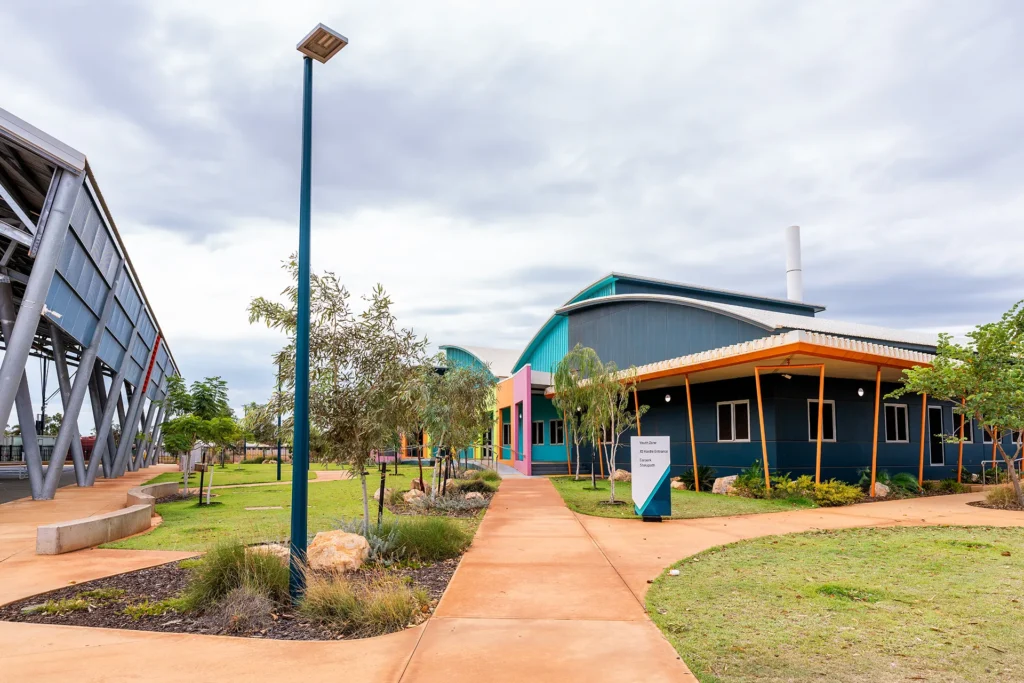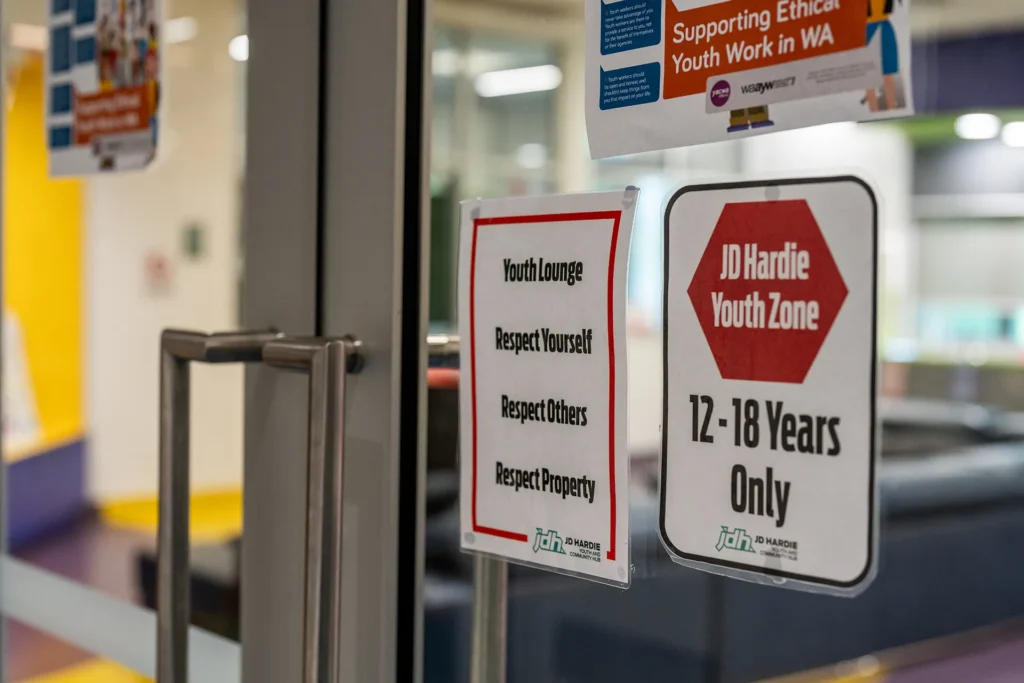Misuse of public spaces and amenities, and disregard for community safety may cause significant property, environmental damage, and injury to staff and the public. ASB presents a complex variety of interconnected exposures to LGIS members across liability, property, and workers’ compensation.
Noisy, aggressive, rowdy, and intimidating behaviour can contribute to high stress environments for local government workers, impacting a worker’s sense of safety. It’s difficult to quantify exactly how many claims have been received due to ASB as it can impact a range of claims reasons including exposure to a traumatic event, exposure to workplace or occupational violence, work pressure, and other psychological factors.
From a liability perspective local government has a responsibility to make best endeavours to mitigate the immediate and insidious impacts of ASB on staff and the public who use its facilities. The Work, Health and Safety Act (WA) 2020 outlines the obligations of a PCBU (person conducting a business or undertaking), or employer/local government, to provide a safe working environment.
In practical terms, the most likely liability risk would be a personal injury claim based on negligence alleged against the member. For example, a claim that alleges a breach of duty of care on the part of the local government for failing to, or inadequately protecting patrons and visitors to a facility against a risk of foreseeable injury. To ensure a good defence the member needs to be able to demonstrate that they have considered the risk and are taking reasonable steps to ensure public safety.
Damage to local government assets is another significant concern. From calendar years 2020 to 2024 LGIS received 1,034 property claims in relation to ASB (Graph 1). Property damage disrupts normal operations, has a financial impact, and puts a strain on already limited resources. If the damage happens to a community asset like a playground, library, or swimming pool, it can have a big impact on the wider community. The impact is even worse when these facilities must be temporarily closed because of ASB.







